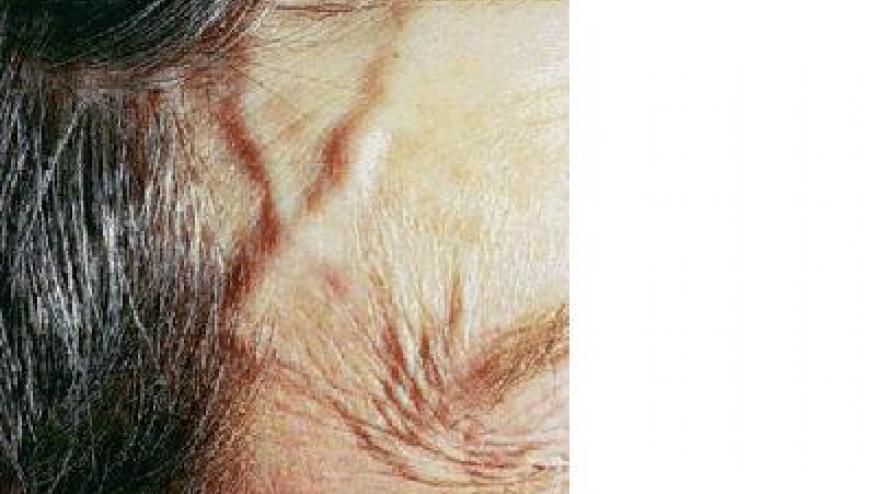Update on Polymyalgia Rheumatica and Giant Cell Arteritis (Best of 2020) Save

Editor's note: This article originally appeared August 24, 2020, and is being shared again as part of RheumNow's "Best of 2020".
JAMA has published a clinical update of recent studies on giant cell arteritis (GCA). While PET/CT scanning are novel means of demonstrating activity, they have not changed the diagnostic approach to GCA or PMR and although there are no new proven treatment strategies for PMR beyond glucocorticoids, the FDA has approved tocilizumab as a first-line glucocorticoid-sparing agent.
Diagnostic Studies
Ultrasound may show bilateral subdeltoid bursitis present 69% of patients with PMR. In GCA, ultrasonography, can demonstrated a halo sign as evidence of vessel wall thickening as manifest vascular inflammation.
Positron Emission Tomography/Computed Tomography18F-fluorodeoxyglucose positron emission tomography (PET)/computed tomography (CT), magnetic resonance imaging, and CT can also demonstrate vascular inflammation. A study of 99 PMR patients, PET/CT had a sensitivity of 85.1% and specificity of 87.5%. A study of 64 GCA patients, PET/CT had a sensitivity of 71% and a specificity of 91%. The limitations of PET/CT are its cost, radiation exposure, and resolution limits of 2.4 mm. Yet, it's main use is in patients with GCA with suspected involvement of the aorta and its major branches.
Temporal artery biopsy (TAB) is an alternative to imaging to confirm CGA beyond clinical and laboratory features.
Treatment of PMR and GCA
The authors conclude there have been no treatment advances for PMR, but there have been for GCA with the approval of tocilizumab.
Glucocorticoids remain the mainstay and are recommended as first-line treatment for both PMR and GCA. While methotrexate can be used as a steroid-sparing agent in both PMR and GCA, but this is not supported by strong evidence.
In contrast tocilizumab, an interleukin-6 receptor α inhibitor, was shown in the GiACTA trial to be effective and steroid-sparing.
They proposed an updated treatment algorithm that suggests tocilizumab be used as a first-line glucocorticoid-sparing agent for patients with new-onset GCA who are at increased risk of developing glucocorticoid-related adverse effects or complications, relapse, or prolonged therapy and in patients who experience relapse. When TCZ is not appropriate, methotrexate may be used as an alternative.










If you are a health practitioner, you may Login/Register to comment.
Due to the nature of these comment forums, only health practitioners are allowed to comment at this time.